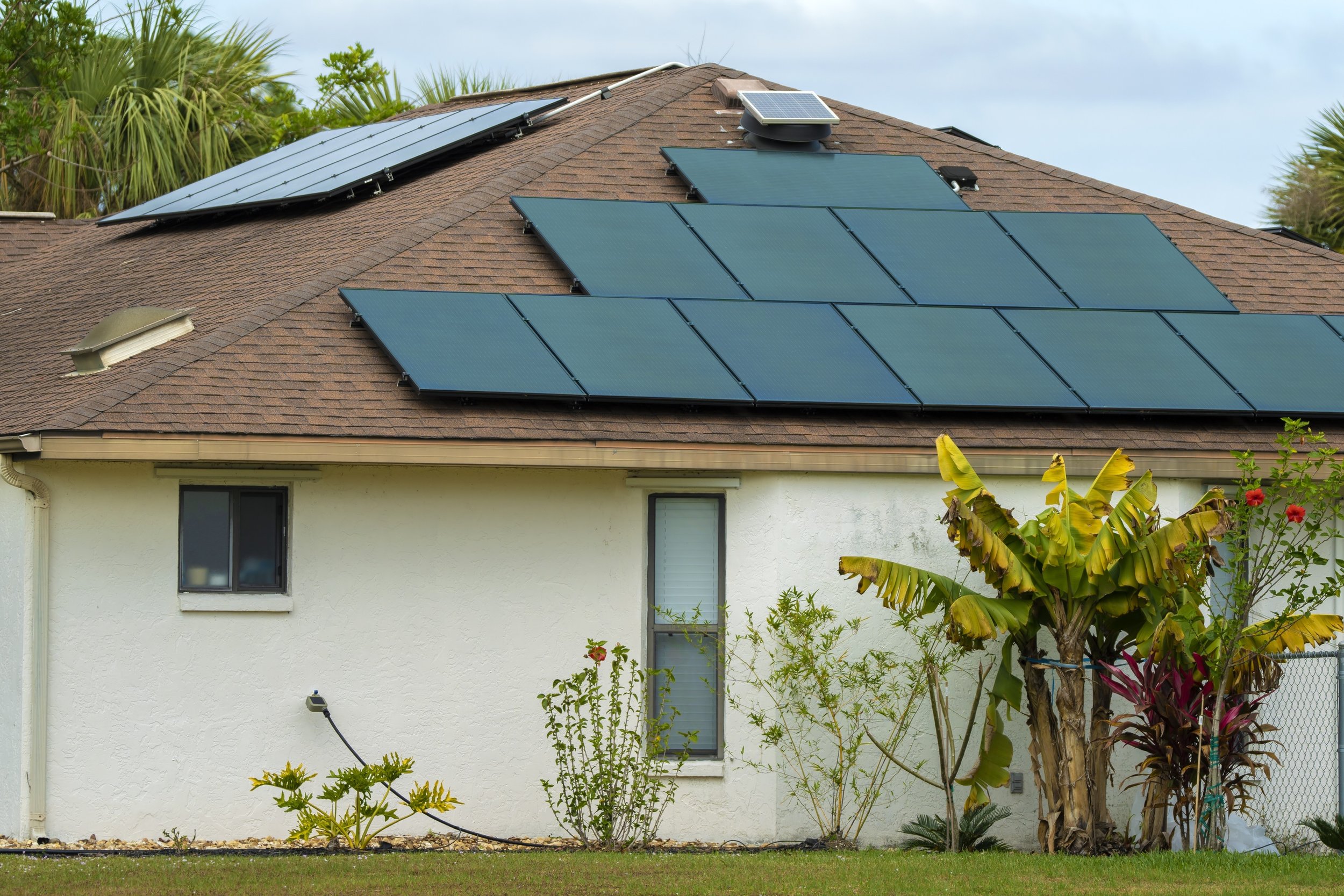What Is Solar Leasing (And Is It Right for You?)
If you’ve been thinking about switching to solar but don’t want to spend tens of thousands of dollars upfront, solar leasing might be the perfect fit. It’s one of the most accessible ways to enjoy clean energy, lower your electric bill, and reduce your carbon footprint — all without owning the system or taking out a loan.
So, what exactly is solar leasing? Is it the right choice for you ? Let’s break it down.
What Is Solar Leasing?
Solar leasing is a rent-to-own model for solar panels. Instead of buying the solar system outright, you agree to lease it from a solar provider for a set term — typically 20 to 25 years. The solar company installs and maintains the system, and you get a lower energy price with predictable payments that designed to protect families from inflation.
In other words, you get to use all the solar energy your system generates, but you don’t have to cover the high upfront installation costs or worry about maintenance.
Key Benefits of Solar Leasing
No Upfront Cost: No big financial barrier — installation is often $0 down.
Immediate Savings: Most customers save 10–30% on their electric bills from day one.
Fixed Monthly Rate: Avoid rising utility rates with a predictable lease payment.
Maintenance Included: The leasing company handles repairs, performance monitoring, and upkeep.
Transferable Lease: If you sell your home, the lease can be transferred to the new homeowner — just like a utility service.
Things to Consider
While solar leasing has plenty of perks, there are a few things to think about:
You Don’t Own the System (Yet): Because it’s a lease, and you did not buy or finance the solar system, you won’t get the investor tax credits directly paid out to you. Instead the solar tax credits get monetized through the leasing company. Many lease agreements offer buyout options anytime after year 5 and beyond if you decide you later that you want to own your system.
Contract Length: Leases usually last 20–25 years, so it’s a long-term agreement. But because energy costs keep rising, locking in a lower rate today can work generously in your favor. If you sell your home, the lease can be transferred to the new homeowner — just like a utility service.
Credit Check: Most providers require a soft credit check to qualify. Luckily the soft-check does not affect your credit score, since this is not a loan or debt.
Is It Right for You?
If you want to go solar without the high upfront cost — and like the idea of saving money while someone else takes care of the system — solar leasing is a smart, low-risk option. It’s especially appealing if you’re planning to stay in your home for several years or want the flexibility to buy later.
How Does It Work?
Here’s what a typical solar lease process looks like:
Consultation – A solar expert reviews your energy needs and determines if your home is a good fit.
Site Survey – Technicians visit your property to assess roof condition, sun exposure, and system layout.
Permitting & Approval – The solar company handles permits, utility approvals, and paperwork.
Installation – Panels are installed, often in just one day.
Power On – Once the system is approved and connected, your home begins running on solar energy.
You begin making monthly lease payments, and your energy savings starts right away.
Ready to see if you qualify?
Reach out today for a free solar consultation and take the first step toward owning your power — one sunbeam at a time.

